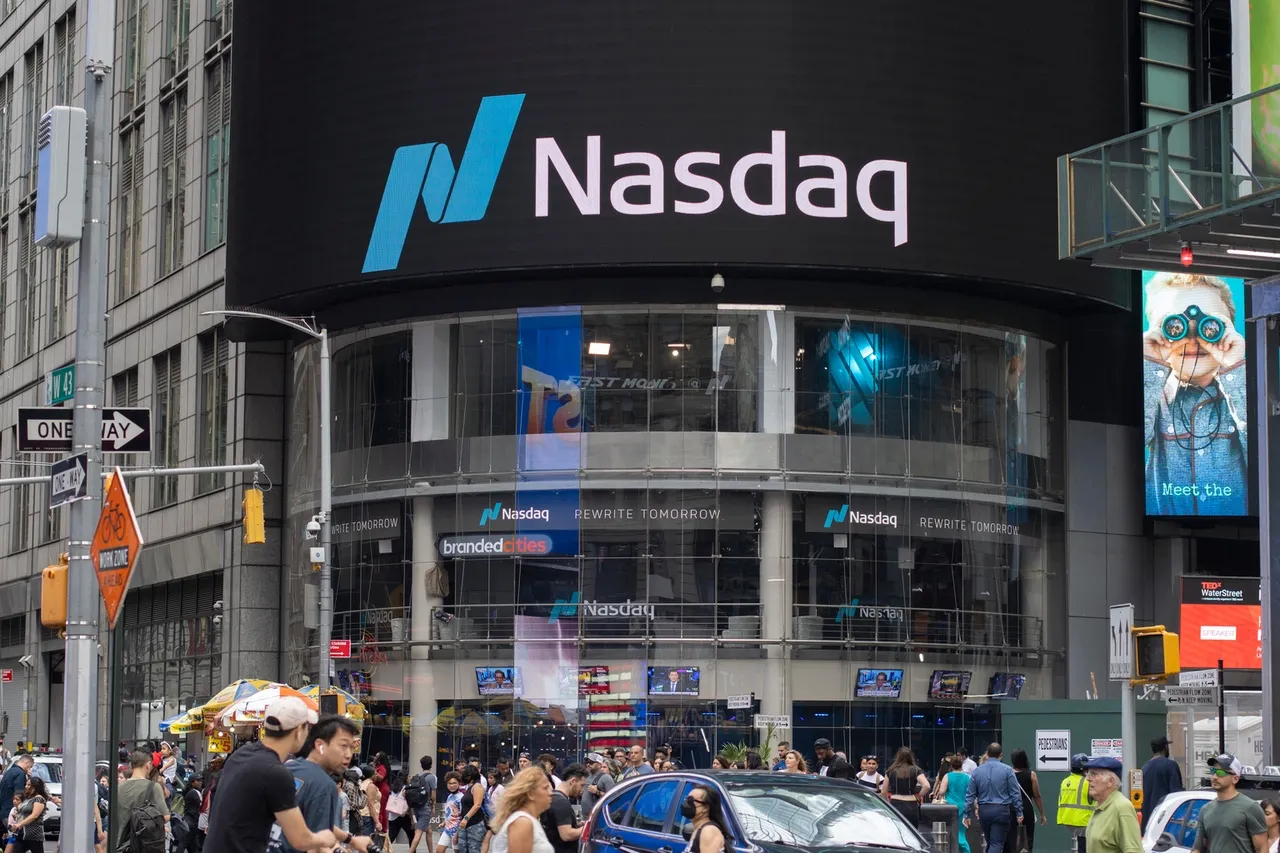Wall Street is wrapping up a risk-off week, with the market’s priciest corners leading the downturn and a renewed drop in cryptocurrencies leaving the asset class barely positive for 2025.
Stocks retreated on Friday, putting the S&P 500 on course to snap a three-week winning streak. The decline was even steeper for the Nasdaq 100, as a selloff in artificial intelligence favorites dragged the tech-heavy index toward its worst weekly performance since April’s tariff-driven turmoil. That was the same period when giants like Nvidia Corp. and Apple Inc. briefly slipped into bear-market territory.
Concerns about overheated valuations among AI-driven stocks have resurfaced after their rapid rebound from this year’s lows sparked talk that the rally might be running out of steam. Several technical indicators are flashing caution, while warnings from top Wall Street executives about an overextended market have only fueled investor unease.
The timing hasn’t helped either. With earnings season winding down and the U.S. government shutdown delaying key economic releases, traders have been left to rely on private data to gauge the health of the economy. That scarcity of official information has left markets more vulnerable to volatility just as seen earlier in the week when a weak private-sector jobs report rattled investors.
The official U.S. payrolls data, originally scheduled for release Friday, was postponed due to the shutdown. But according to a survey by 22V Research, investors view a sudden deterioration in the labor market as the biggest risk to markets right now. That explains why both risk assets and bond yields have been especially sensitive to any employment-related data.
By midday Friday, the S&P 500 had fallen roughly 1%, while an index tracking the “Magnificent Seven” megacap tech stocks was down nearly 2%. Bitcoin, meanwhile, extended its weekly drop to about 9.5%, underscoring how investor caution has spread across asset classes. In the bond market, the yield on 10-year Treasuries edged up by one basis point to 4.09%, while the U.S. dollar fluctuated modestly against major peers.
The market’s pullback reflects a broader reassessment of risk following months of enthusiasm over artificial intelligence, resilient growth, and aggressive corporate earnings. After a powerful summer rally, many traders now believe the easy gains have been made, particularly in sectors tied to AI and high-end tech hardware.
Even some bullish strategists are advising patience. They argue that while the long-term growth story for AI remains intact, the near-term valuations for companies leading the trend may have outpaced their earnings potential. This sentiment echoes the view of several Wall Street CEOs who recently cautioned that parts of the market are showing signs of speculation reminiscent of previous cycles.
Adding to the cautious tone is the lack of clarity around macroeconomic trends. The ongoing government shutdown has disrupted the usual flow of data from inflation readings to employment figures making it harder for investors and policymakers alike to assess the true state of the economy.
This information gap has amplified market swings, as traders react sharply to alternative indicators, including private-sector surveys and corporate commentary. Earlier this week, weaker job-cut data and soft hiring figures from private firms deepened concerns that the labor market may be losing momentum faster than expected.
Despite the uncertainty, many analysts view the recent pullback as a healthy pause rather than the start of a deeper correction. They note that the market had become technically overbought after a months-long climb and that a short-term reset could pave the way for more sustainable gains later in the year.
Still, the shift in tone is undeniable. With the AI trade cooling and investors bracing for more mixed data amid the shutdown, markets may remain choppy in the near term. In the meantime, portfolio managers are recalibrating their exposure, trimming high-growth names, and favoring sectors seen as more resilient to volatility such as healthcare, consumer staples, and utilities.
As the week closes, Wall Street finds itself at a crossroads: enthusiasm over transformative technologies like AI remains strong, but investors are becoming more discerning about where they place their bets. With valuations stretched and uncertainty growing, many are choosing to step back waiting for clearer signals before diving back into riskier assets.
For now, the message from markets is clear: after months of relentless optimism, investors are taking a breather and letting a little caution back into the mix.

Subscribe to our newsletter!
As a leading independent research provider, TradeAlgo keeps you connected from anywhere.








